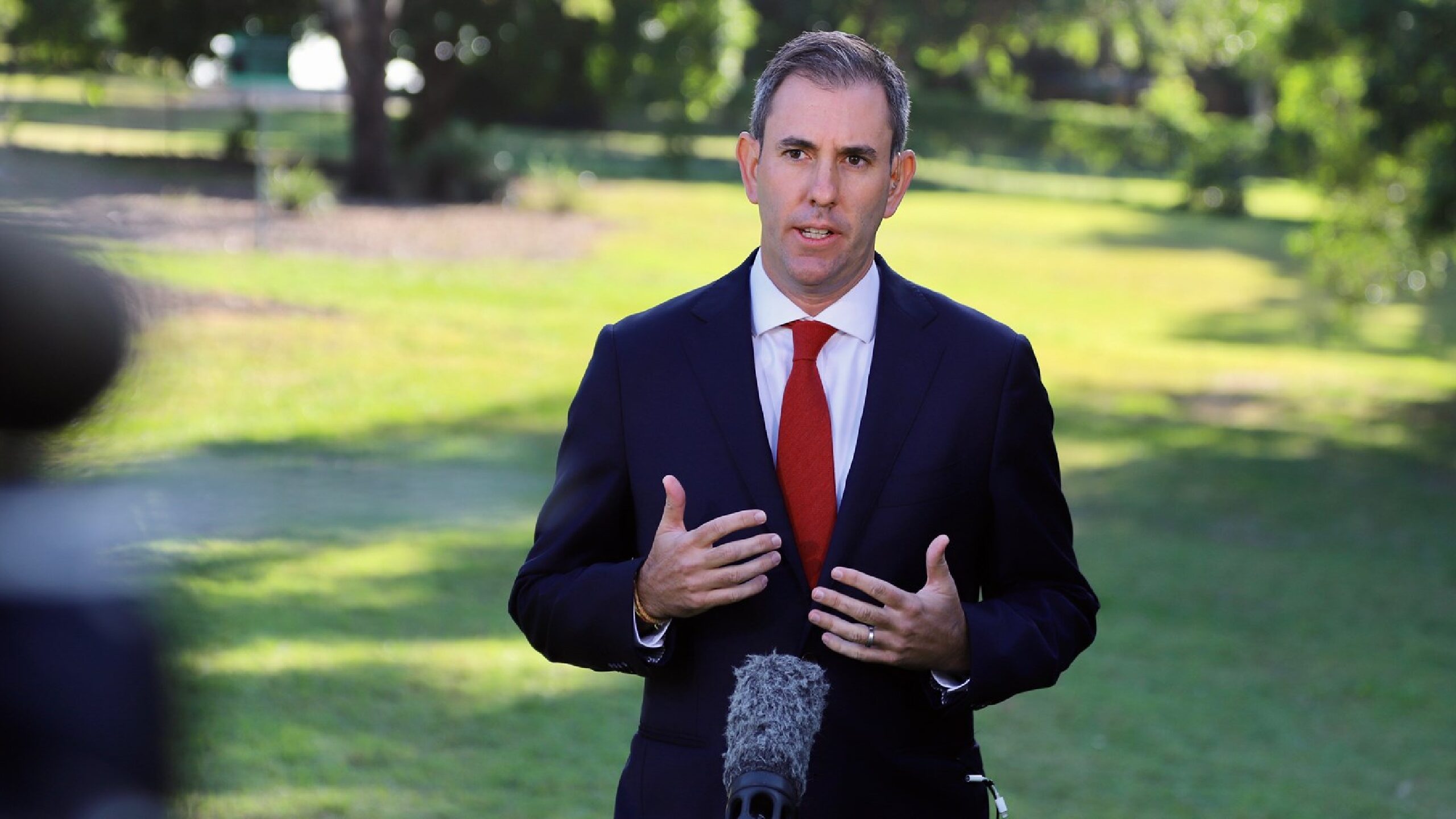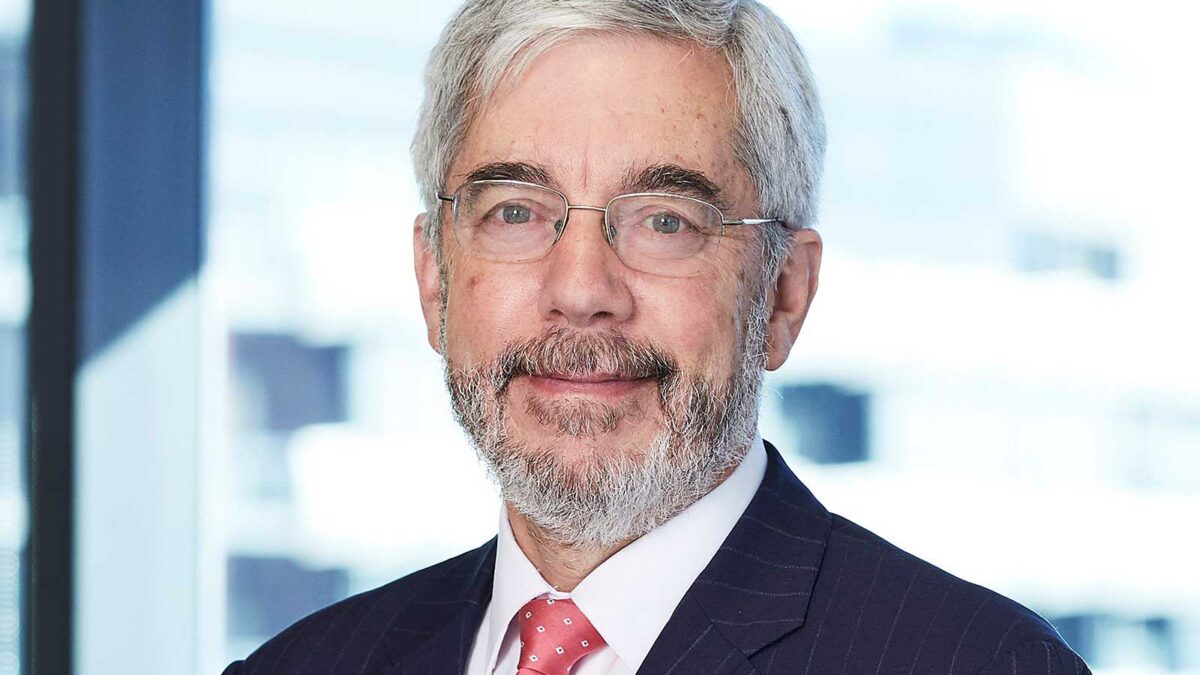‘Hopefully, there isn’t much more pain to come’: AMP’s Mousina focusses on big picture
The Australian economy and consumer have proven surprisingly resilient in the face of dramatic interest rate hikes and inflationary pressures, holding off, like other major economies, a recession that has seemed inevitable for months. But while rates are unlikely to tick higher here and near-term recession fears may be overdone, AMP’s new deputy chief economist, Diana Mousina, keeps a watchful eye on the medium term.
“I think the odds of recession in all the major economies are pretty high, around 40-50 per cent, over the next one to two years,” Mousina told The Inside Investor following her promotion last week, which will see her continue her work alongside chief economist Shane Oliver in a higher-profile role, in recognition of her succession path.
“I think the chance of a near-term recession is lower than what most people are expecting – if we look back a year ago, a lot of people were sure the US and the eurozone would be in a recession by now because of energy shocks, high inflation and higher interest rates. But those economies have managed to scrape through.”
In today’s unique circumstances, though, that resilience has become notoriously self-defeating, with markets seemingly forever anticipating the pivot that will begin a return to ‘normalcy’ even as successive monthly economic indicators fail to show what central banks need to see to begin bringing rates back down.
“Clearly, the underlying picture for all these major economies is a lot stronger than we thought – which is also why central banks have had to raise rates a lot more than expected,” Mousina said.
Understanding Australia’s, and other countries’, economies is a key part of Mousina’s job, and beginning with a review of overnight US sharemarket moves, much of her day is spent analysing the interplay between economics and markets and helping to interpret what it means for investors. With many economics roles in the public service, she said, private-sector economists are key to engagement with government and helping to shape fiscal and monetary policy.
“Market pricing drives a lot of financial instruments, but it also influences the [Reserve Bank of Australia’s] decisions – they have to think about how the market will react if they over- or underdo it compared with where the market’s pricing things,” Mousina said.
“It’s helping to shape RBA expectations in the market. Even though we’re not in the government, or in the public service actually changing policy, we’re part of the debate, which is important. You need a mix of both private sector and public sector.”
Interpreting a cloudy outlook
Armed with insight gleaned from a formative stint at Commonwealth Bank of Australia (CBA) and now seven years’ experience at AMP, Mousina has become an important resource for many of the financial services company’s clients and beyond, providing economic forecasts, research and insights through her Econosights report.
Correlating the impacts of economics to sharemarkets and other asset classes necessitates a knowledge of all markets and all global economies. For Mousina, who began her career in CBA’s graduate program in institutional banking and markets and joined its economics team focussing on the sell side, her 2017 move to AMP represented a promising opportunity to work on the buy side, looking more closely at exposure to asset classes “rather than just looking at pure economics”. She said she has always gravitated toward the research aspect of economics, enjoying the bottom-up analysis required.
But with the ongoing financial turmoil sparked more than a year ago, forecasting the future has become an especially impossible task, even for economists, who have continuously underestimated the consumer’s ability to withstand global attempts to cool inflation. That, Mousina points out, has to do with the unprecedented nature of the current economic backdrop: years of easy money and a pandemic that plumped up savings accounts have made it harder to predict how rate hikes will affect consumers and the economy.
However, putting Australia’s economy in context can help market participants understand the true implications of such developments in a space where expectations serve an important role in shaping policy. That’s part of the economist’s job: interpreting between the public and private sectors to help drive policy and economic outcomes.
“It’s easy to say you should be buying back into shares after a recession because they’ve had such a large drop. The difficulty is in knowing where the bottom is.”
While Mousina said Australia is likely facing the same outlook she foresees for all global economies – recession within two years’ time – the severity of any downturn will depend in large part on how attempts to restore an even keel through monetary and fiscal policy work when deployed on markets. She said she expects no more rate rises by the RBA but that the bank will likely keep them at a higher level for longer than many expect, “so you’d have to say the odds of recession look high”.
“Hopefully, there isn’t much more pain to come. The labour market is still clearly in very strong shape in Australia – our view was that the unemployment rate would be rising by now, and it’s kind of going sideways.”
For investors trying to shape a portfolio in this environment, Mousina said that while volatility and uncertainty represent opportunity, it’s important to remember that timing the market is extremely difficult.
“It’s easy to say you should be buying back into shares after a recession because they’ve had such a large fall,” she said, noting that a recession would likely see sharemarkets fall another 10-15 per cent from here.
“The difficulty is in knowing where the bottom is, because you can always think, ‘this could get worse from here’. So it just depends on what your risk tolerance is, and how long your investment time horizon is – if you’ve got another 30 or 40 years to go until you need to access that investment, then it might not be a bad time, because you’ll probably ride it out over that period.”









